Link copied
How many steps are you doing on average per day?
You can check this in your Apple Health on an iPhone or on most other smartphones or smart watches.
Aim to gain at least 10kg
Aim to gain at least 10lbs
Aim to lose at least 10kg
Aim to lose at least 10lbs
Aim to lose at least 30kg
Aim to lose at least 30lbs
Protein per day 🍗
120gYour health would really benefit from gaining some weight.
If you are receiving treatment for an eating disorder then this tool is NOT to be used.
We suggest you maintain your weight as you're within the healthy BMI range 👌
Your health would really benefit from gradually losing some weight. The best way to lose weight is through a combination of diet and exercise.
We've got lots of resources to help you lose weight safely.
Your health would really benefit from losing a lot of weight. The best way to lose weight is through a combination of diet and exercise.
We've got lots of resources to help you lose weight safely.
Measuring your waist to height ratio can tell you if you have excess tummy fat, even if you have a healthy BMI.
To calculate your waist to height ratio, measure your waist and divide it by your height. Use measurements in the same units (for example, centimetres or inches).
A waist to height ratio of 0.5 or higher means you may have increased health risks such as heart disease, type 2 diabetes and stroke.
To measure your waist:
BMI uses your height and weight to work out if you’re a healthy weight, underweight or overweight. Your BMI result is not the perfect measure of your overall health. It can’t tell if you’re carrying too much fat or you’ve got a lot of muscle. You could use your BMI result as a starting point for further discussion with your GP. The adult BMI doesn’t take into account age, sex or muscular build. This means that:
Taking these limitations into account, the BMI is a relatively straightforward and convenient way of initially assessing someone’s weight. If you are pregnant, you should use your pre-pregnancy weight to work out your BMI. Using your pregnancy weight may not be accurate.
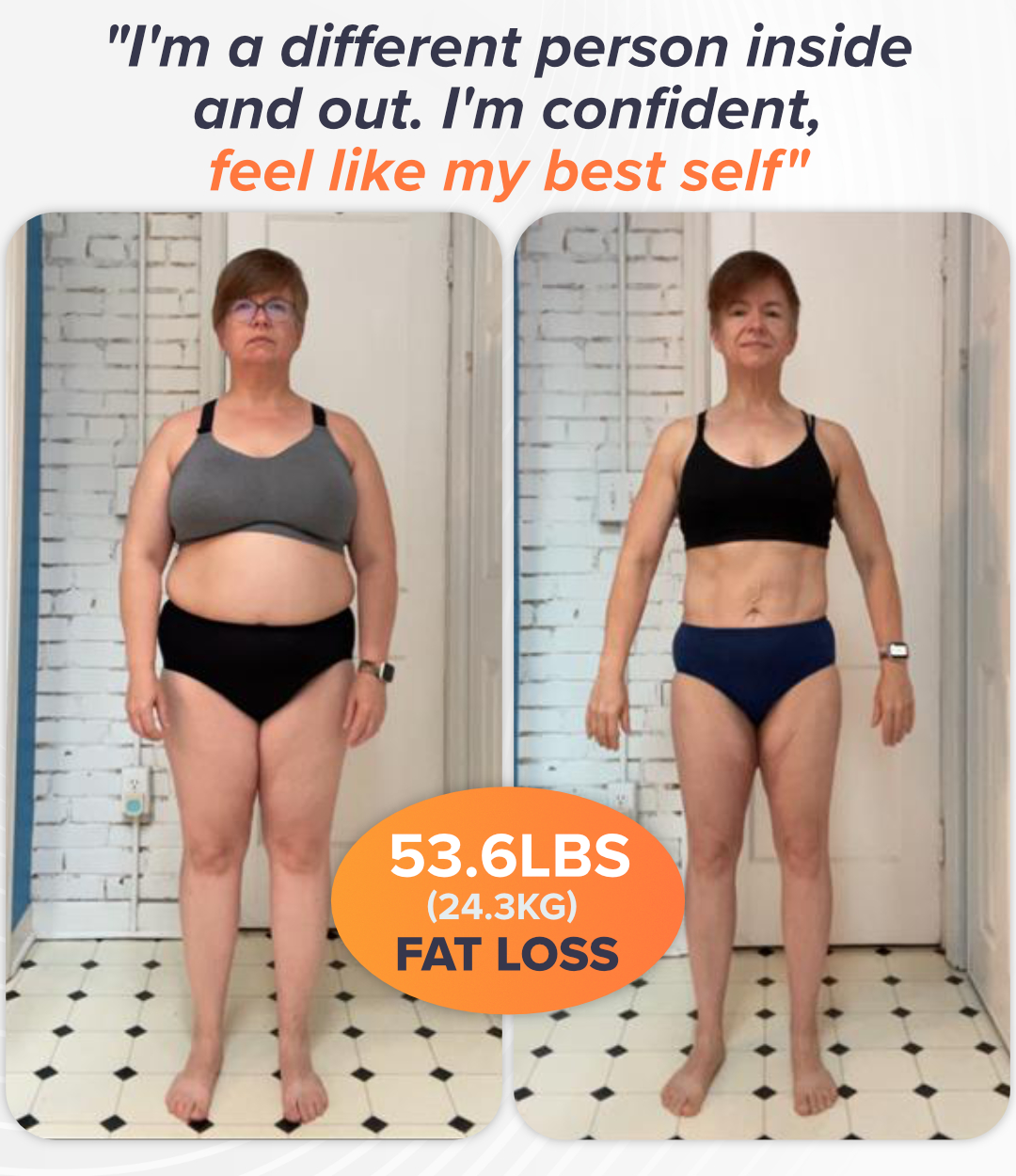
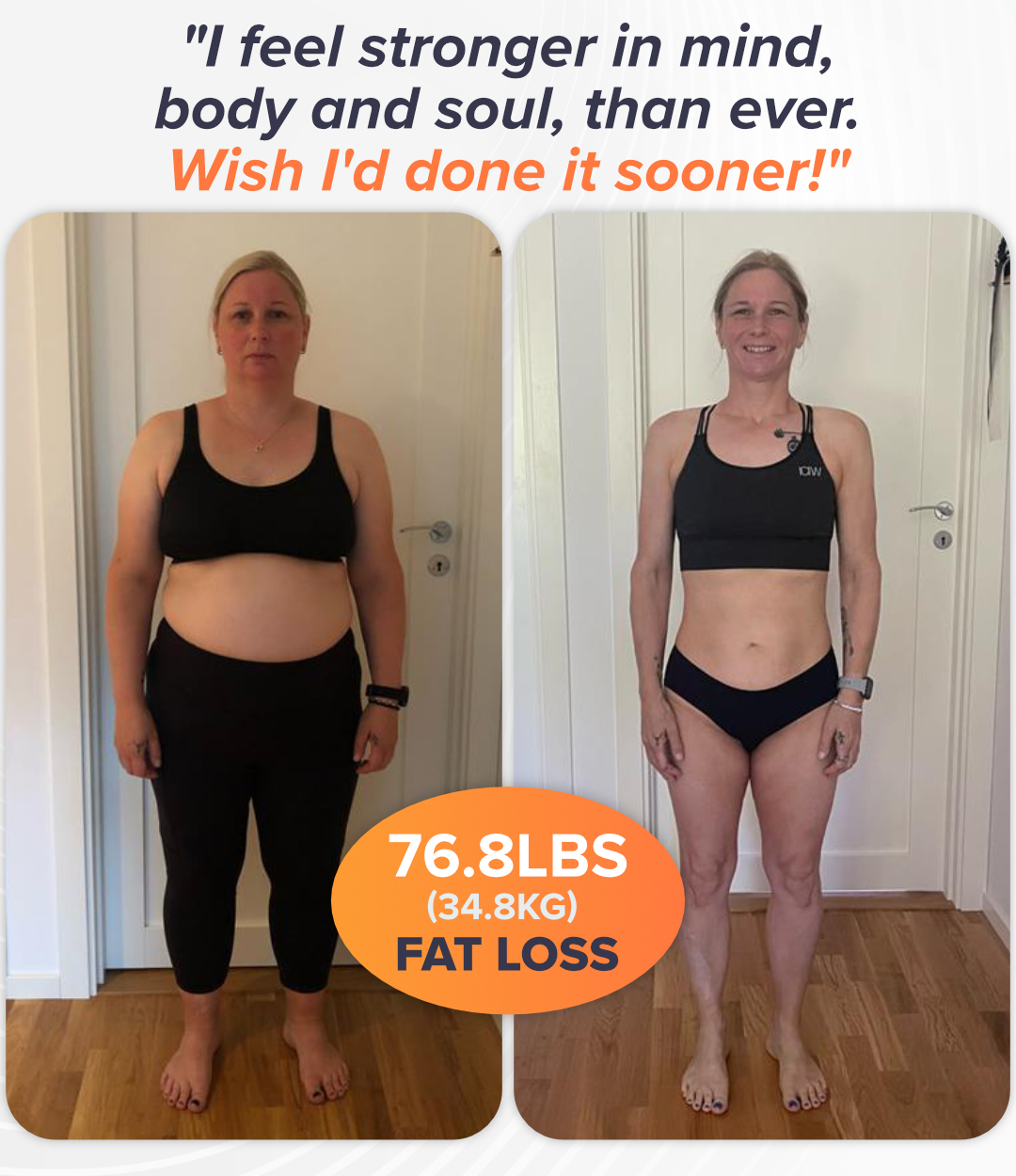
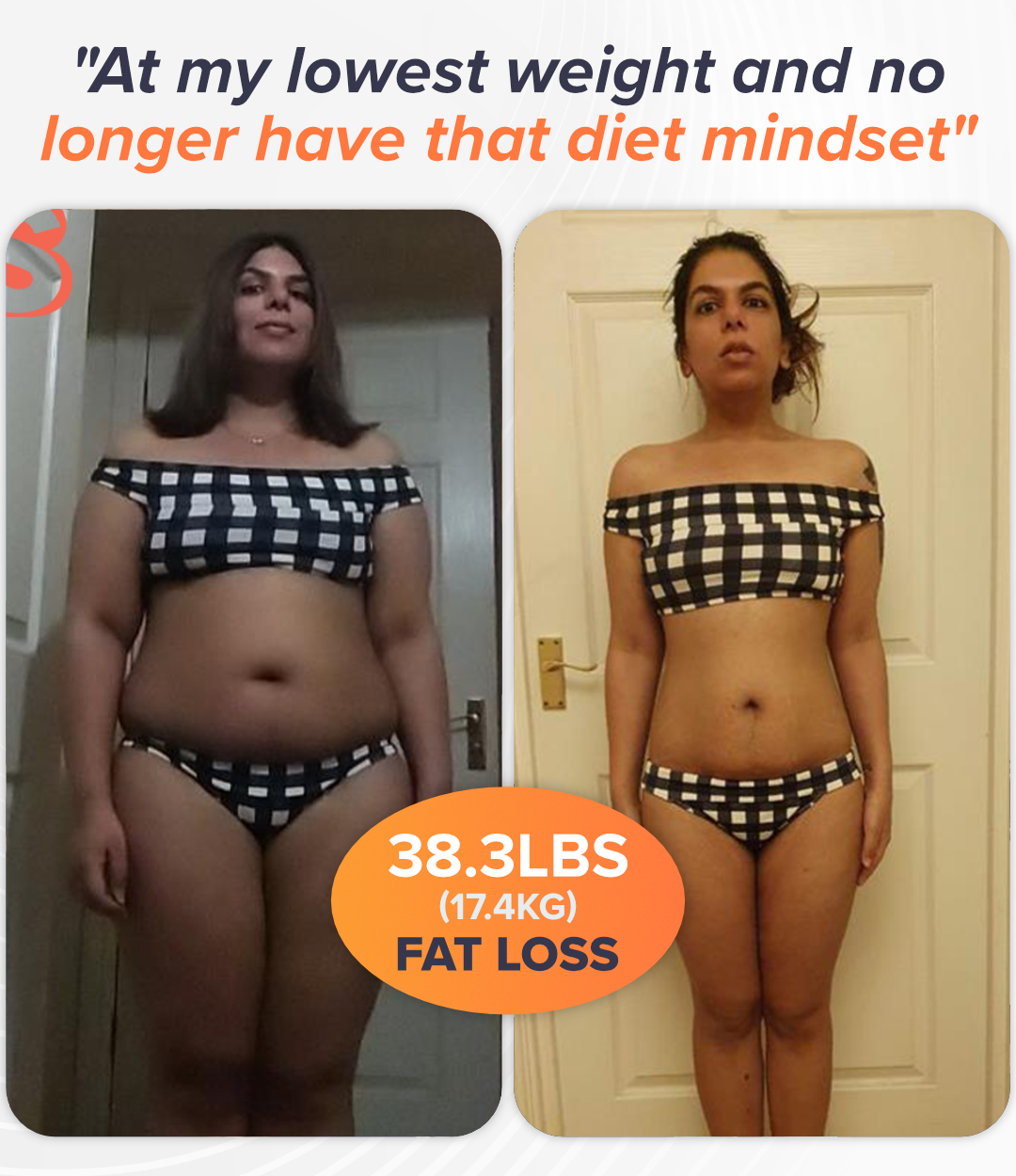
This isn’t just a weight loss program! As a Body Smart Graduate, you’ll shift more than just body fat. We focus on deeper lifestyle and mindset shifts to ensure weight loss that actually lasts.
Being a Body Smart Graduate means you’ve changed as a person - not just changed how much you weigh.
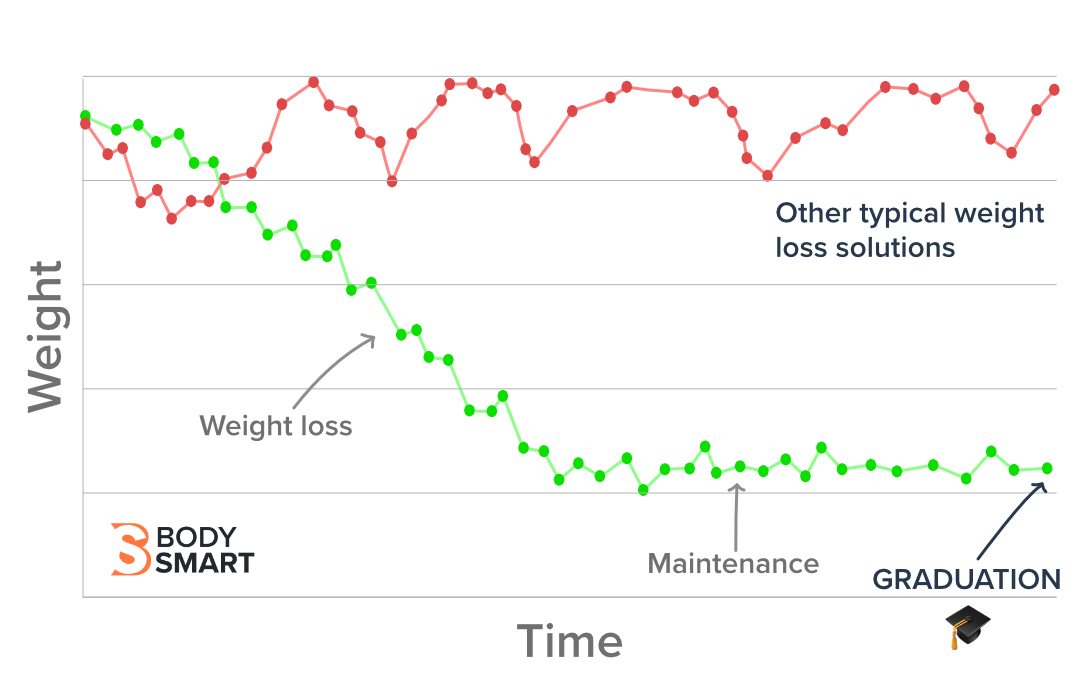
From your first consultation call with our team, everything is 100% personalized. We’ll identify the exact support you need and you’ll be matched with the perfect 1-on-1 coach to guide you through transforming your weight, your health and your life!
With our Money Back Guarantee, you have nothing to lose but body fat.
📉 Lose 5-10lbs (2-5kg) a month
🫀 Improve health markers
🙌 Embed healthy habits & skills
💪 Feel strong and resilient

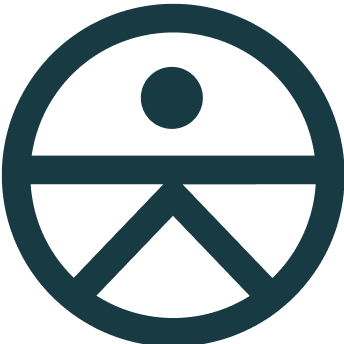
Can be used for Body Smart Fitness coaching
We know cookie-cutter plans don’t work. At Body Smart, everything is built completely around you - even from your first consultation call.
Our 1-on-1 coaching is completely personalized. On a no-obligation consultation call, we’ll get to know you, your individual health goals, and your history to understand the support you need. We’ll map out your individual journey to Graduation and explain how the program works!
On your consulation call, we’ll understand your unique challenges and needs, so we can assign the perfect 1-on-1 coach to guide you to your goals.
All of our Body Smart coaches are highly certified in behaviour change, personal training, and nutrition and have additional individual coaching specialities, such as menopause, diabetes, and post-natal certifications.
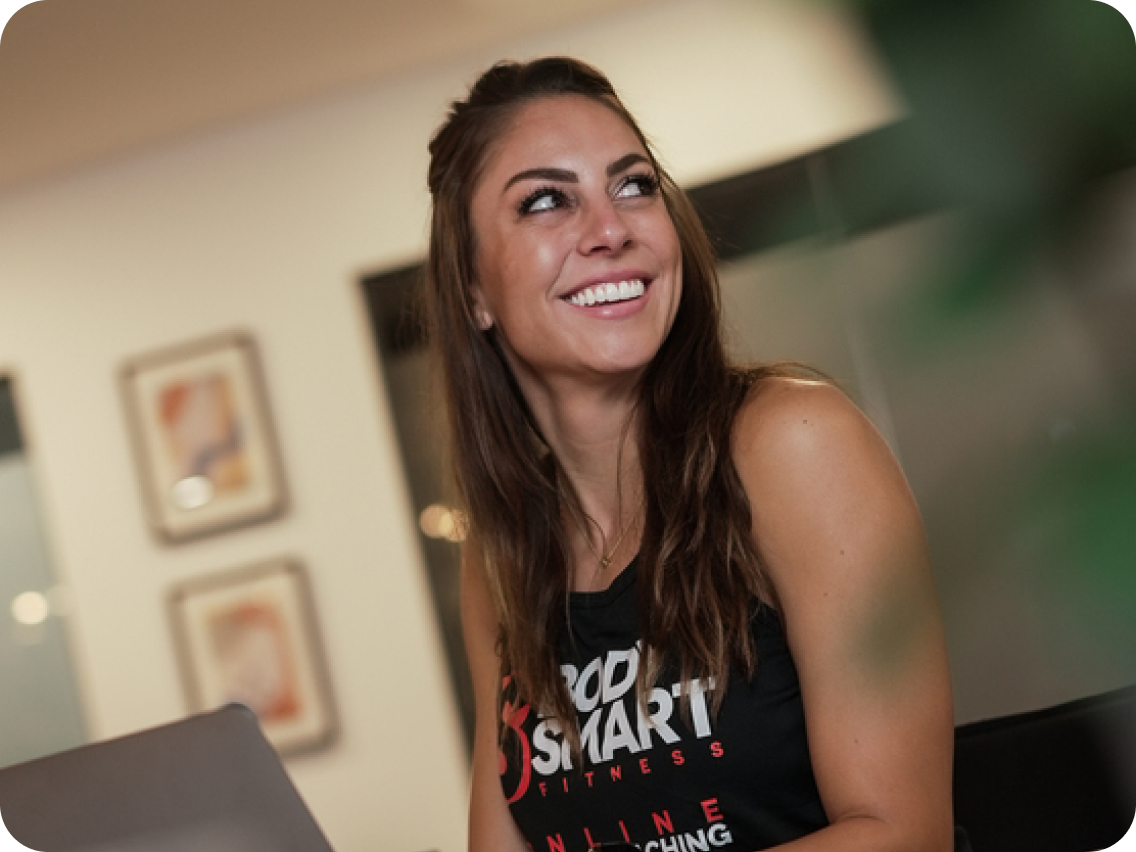
With support and guidance from your Coach, you’ll lose 5-10 pounds (2-5kg) a month. and progress through your personalized, curriculum-based roadmap; learning the skills, habits, and knowledge you need to reach your goals and become a Body Smart Graduate.
You’ll work together daily - exchanging voice messages, combing over your food diary, discussing your workouts, and working through life’s ups and downs.
They’ll be your biggest cheerleader, reliable advisor and confidante… as you watch the scale tick down and your excitement, confidence and self-belief tick up.
You’ll lose 15-60lbs (7-27kg)+ within 6 months… but the important part is KEEPING the weight off. You’ll graduate with habits you can sustain, a new mindset, and a better understanding of your body - that leaves you empowered to maintain your results for life. This is what separates our program from the others. Body Smart is not a short-term quick fix - it’s a permanent lifestyle shift.
“Our industry-leading women’s weight loss coaches help you tackle the root causes of weight management struggles. As a Body Smart Graduate, you’ll develop habits, skills and ultimately the right belief system to make a sustainable, healthy change for life.”



of our clients said they would recommend us to a friend.
of our Graduates said they had the confidence to keep the weight off for good.
of our clients said they love our sustainable approach to weight loss and education.
You spend a few hours per week with an in-person coach… What about the remaining 23 hours each day? The fact is, true transformation happens in the real-time moments of your daily habits and making healthier food choices - day in, day out.
At Body Smart, your coach will be right by your side through daily communication, to help you navigate these changes and the inevitable challenges which arise during a weight loss journey. This is why our clients rave about having a coach, nutrition expert, cheerleader and confidante in their back pocket.
Plus unlike a regular in-person trainer, you’ll also be enrolled in our unique levels-based curriculum to ensure you Graduate with the knowledge, habits and skills to lose weight in a sustainable way… and know how to maintain your new, dream body!
Our results speak for themselves - over 1,000 women have shared their experiences over on TrustPilot. We encourage you to check them out to get a real feel for how the program works.
Fear not! We are experts at guiding you on the most efficient route to your goal. In fact, that’s one of the key bonuses of having a personal coach: They’ll get to know you and your busy life and teach you the shortcuts and techniques that will get you results as quickly as possible.
All of our clients are busy women juggling multiple responsibilities, like busy careers, frequent travel, running a household, parenting, caring for family members and more. Our personalized approach means your coach will build your program to fit YOU, rather than make you fit ‘our program’. You won’t be asked to spend hours in the gym or all weekend meal-prepping if that doesn’t work for your other commitments!
This is not a ‘weight loss plan’ as you know it. We know that weight struggles are actually a symptom of many things in your life being out of balance. So at Body Smart, we address those root causes, alongside showing you how to lose weight sustainably and efficiently.
The most common contributing factors we see with our clients are: relationship with food, stress, sleep patterns, inconsistent physical activity and fixed mindsets. However, the combination of unique factors making weight loss feel so hard for you will be unique. This is why you’ll have a dedicated 1-on-1 coach, who’ll get to know you and build the perfect program to empower you with the knowledge, skills and habits to overcome your personal challenges.
On your road to Graduation you’ll shift more than just lbs/kgs! Your mindset, habits and lifestyle will be transformed… making you feel so good, we promise you’ll never want to go back to how things were before!
In fact, as a Body Smart graduate, you’ll have proven to yourself and your coach that your habits are changed for good - no matter what life throws your way. You’ll have learned to maintain your new body weight and eat intuitively. No more rebounding or regaining the weight you worked so hard to lose!
We believe in nutrition education. Rather than giving you a plan to blindly follow, your coach will work closely with your existing diet to make changes that feel manageable. With their help, you’ll create your own personalized meal plan that reflects your preferences and lifestyle. This means we can cater for any dietary requirements or eating patterns.
At Body Smart, we go way beyond telling you ‘what to eat’ and ensure you know ‘how to eat’. You’ll graduate understanding the principles of nutrition, knowing how to eat intuitively and feeling confident at handling your nutrition in any given situation!
Your program is 100% personalized - including the cost. On a free consultation call, one of our friendly team members will get to know your goals and the exact support you need to reach them! They’ll map out what your unique journey to Graduation will look like including all the milestones you’ll reach along the way. We’ll let you know realistic timescales and payment options (if you’re in the USA, ask us about HSA/FSA).
With our Money Back Guarantee, you have nothing to lose but body fat.
📉 Lose 5-10lbs (2-5kg) a month
🫀 Improve health markers
🙌 Embed healthy habits & skills
💪 Feel strong and resilient


Can be used for Body Smart Fitness coaching
